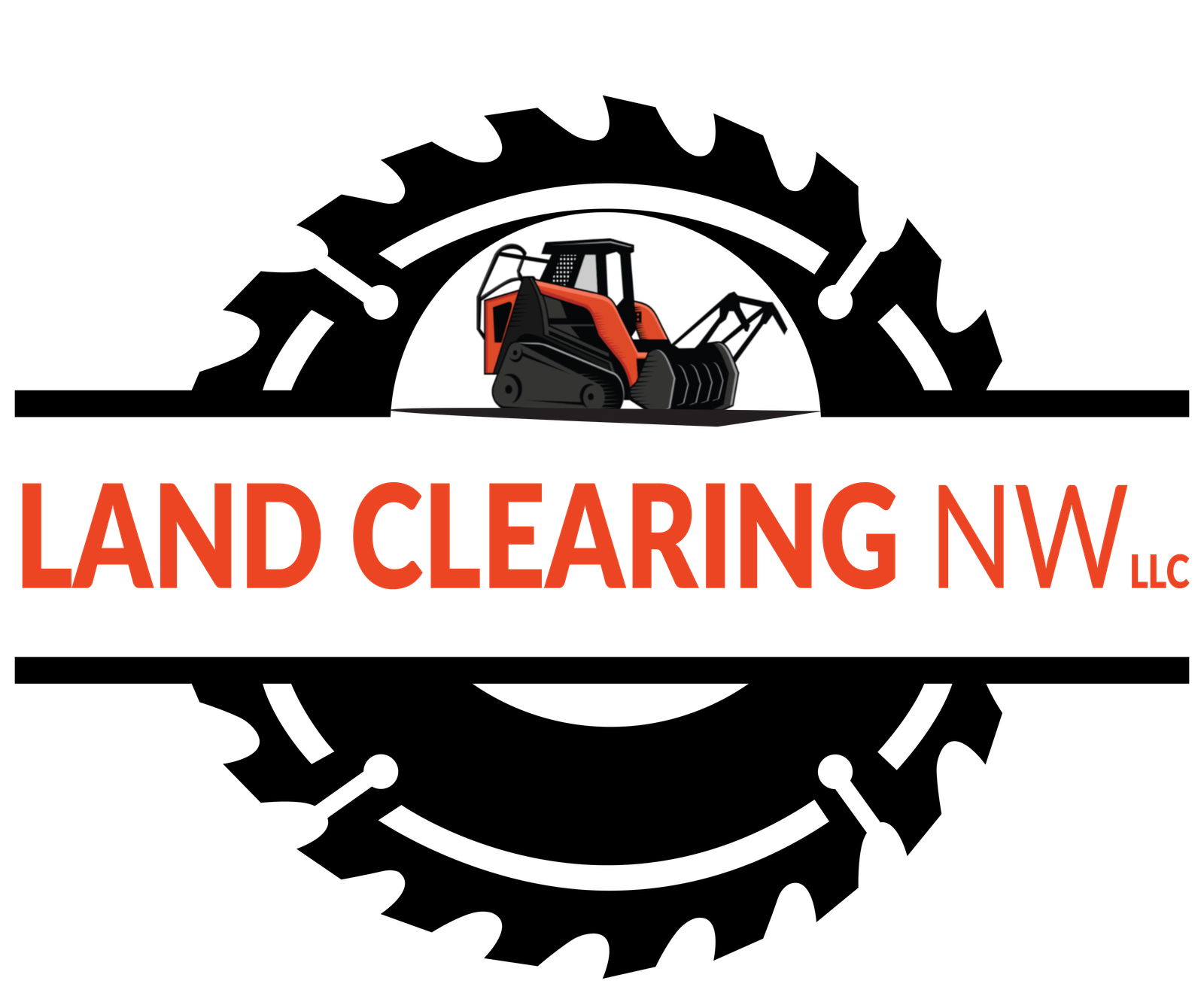Landscape Clearing Near Me
Table of Contents
ToggleUnderstanding Landscape Clearing
Landscape clearing is crucial for property owners aiming to maintain, develop, or rejuvenate their land. It involves removing trees, shrubs, and other vegetation to prepare the area for new uses, improve its visual appeal, and ensure safety. Homeowners, farmers, and developers can benefit from understanding landscape clearing processes and benefits, helping them make well-informed decisions.
Key Takeaways
- Enhances Property Value: Proper landscape clearing can boost the usability and aesthetics of your property, potentially increasing its market value.
- Prepares Land for Development: It’s a vital first step for new construction projects, farming, and other land development purposes.
- Promotes Safety: Removing overgrown vegetation and dead trees reduces the risk of fires and other hazards, ensuring a safer environment.
The Importance of Landscape Clearing
Landscape clearing involves the removal of natural vegetation to create a blank canvas for various purposes. Whether it’s for a small residential lot or a large agricultural field, the primary goals are to enhance property usability, prepare land for new projects, and promote environmental health by managing overgrown areas.
Enhancing Property Value and Usability
Clearing your landscape can dramatically improve the functionality and appearance of your property. By removing dense underbrush and dead trees, you can open up space for recreational activities, gardening, or new construction. Additionally, a well-maintained landscape can attract potential buyers, increasing the property’s market value.
For more information on how landscape clearing can enhance your property, visit our land clearing service page.
Environmental and Safety Benefits
Proper landscape clearing helps manage overgrown vegetation that poses a risk of wildfires and pest infestations. By regularly clearing these areas, property owners can create defensible spaces that protect structures and reduce the likelihood of fire spreading. Additionally, clearing land helps control erosion and improve water runoff management, contributing to overall environmental health.
Factors Influencing Landscape Clearing Costs
The cost of landscape clearing can vary based on several factors, including:
- Size of the Area: Larger areas require more time and resources to clear, increasing the overall cost.
- Type and Density of Vegetation: Dense forests or heavily overgrown areas are more challenging and costly to clear compared to sparsely vegetated lands.
- Accessibility: Easily accessible areas are less expensive to clear than those in remote or difficult-to-reach locations.
Essential Tools and Equipment for Landscape Clearing
Successful landscape clearing requires a range of tools and equipment, each playing a vital role in the process:
- Hand Tools: Chainsaws, axes, and machetes for cutting smaller vegetation and trees.
- Heavy Machinery: Bulldozers, excavators, and mulchers for large-scale clearing and removing stumps.
- Safety Gear: Helmets, gloves, and protective clothing to ensure the safety of workers during the clearing process.
Steps to Successfully Clear Your Landscape
To achieve a successful landscape clearing project, follow these steps:
- Planning and Surveying: Assess the area to be cleared, identifying vegetation types and any potential hazards.
- Obtaining Permits: Check local regulations and obtain necessary permits before starting the clearing process.
- Clearing and Disposal: Use appropriate tools and equipment to clear the vegetation, and ensure proper disposal of debris.
For detailed guidance on each step, refer to our guide on land clearing.
Environmental and Regulatory Considerations
When undertaking a landscape clearing project, it’s crucial to consider environmental and regulatory aspects:
- Erosion Control Measures: Implement strategies to prevent soil erosion during and after the clearing process.
- Overgrown Vegetation Management: Regularly maintain cleared areas to prevent regrowth and manage water runoff effectively.
- Compliance with Local Laws: Ensure your project complies with local regulations and obtain all necessary permits.
For more information on regulatory requirements, visit our FAQ page.
Cost-Saving Tips for Landscape Clearing Projects
- DIY vs. Professional Services: Evaluate whether you can handle the project yourself or if hiring professionals would be more cost-effective.
- Efficient Use of Equipment: Use machinery efficiently to minimize fuel and maintenance costs.
- Seasonal Considerations: Plan your project during off-peak seasons when service providers may offer discounts.
Choosing the Right Landscape Clearing Service Provider
Selecting a reliable service provider is crucial for a successful landscape clearing project. Consider the following:
- Evaluating Experience and Expertise: Choose providers with a proven track record and expertise in landscape clearing.
- Comparing Quotes: Obtain multiple quotes to ensure you’re getting a fair deal.
- Checking References and Reviews: Look at past client reviews and ask for references to gauge the reliability of the provider.
For a trusted landscape clearing service, visit our contact page to request a quote.
Frequently Asked Questions
What is landscape clearing?
Landscape clearing is the process of removing trees, shrubs, and other vegetation to prepare land for new uses or enhance its appearance.
Why is landscape clearing necessary?
It is necessary for land development, improving property aesthetics, ensuring safety, and promoting environmental health.
What factors affect the cost of landscape clearing?
Factors include the size of the area, type and density of vegetation, and accessibility of the site.
What tools and equipment are essential for landscape clearing?
Essential tools include hand tools like chainsaws, heavy machinery like bulldozers, and safety gear.
What steps are involved in the landscape clearing process?
The process includes planning and surveying, obtaining permits, and clearing and disposing of vegetation.
For more detailed information and services, check out our blog.
